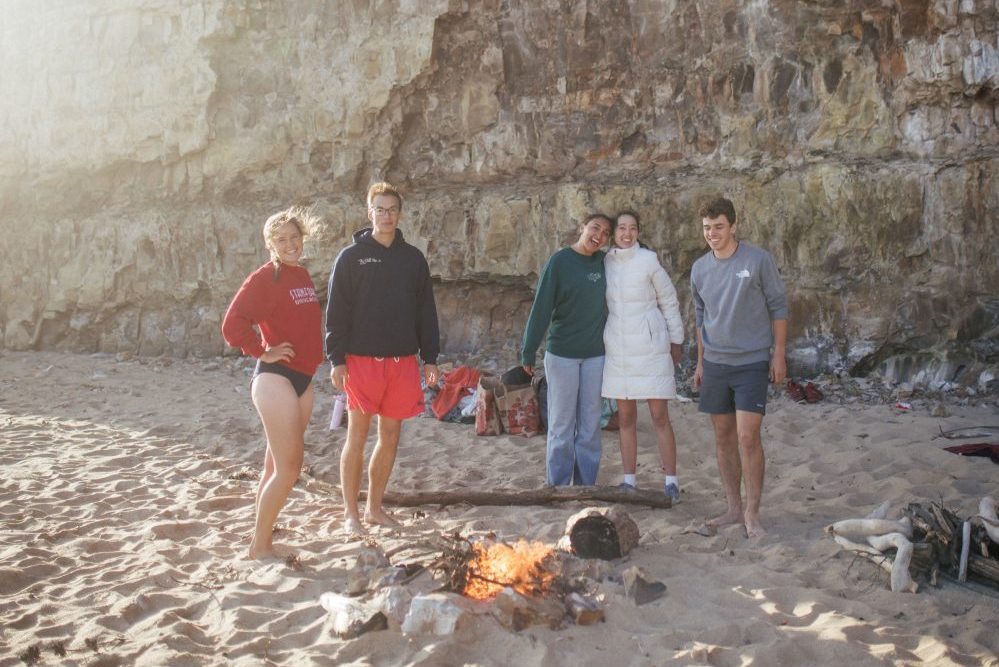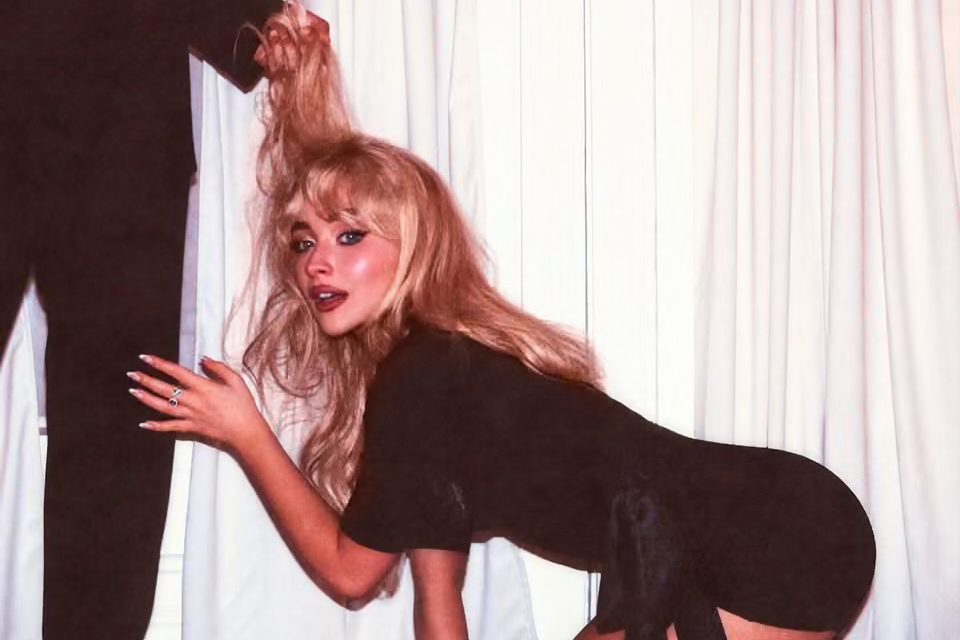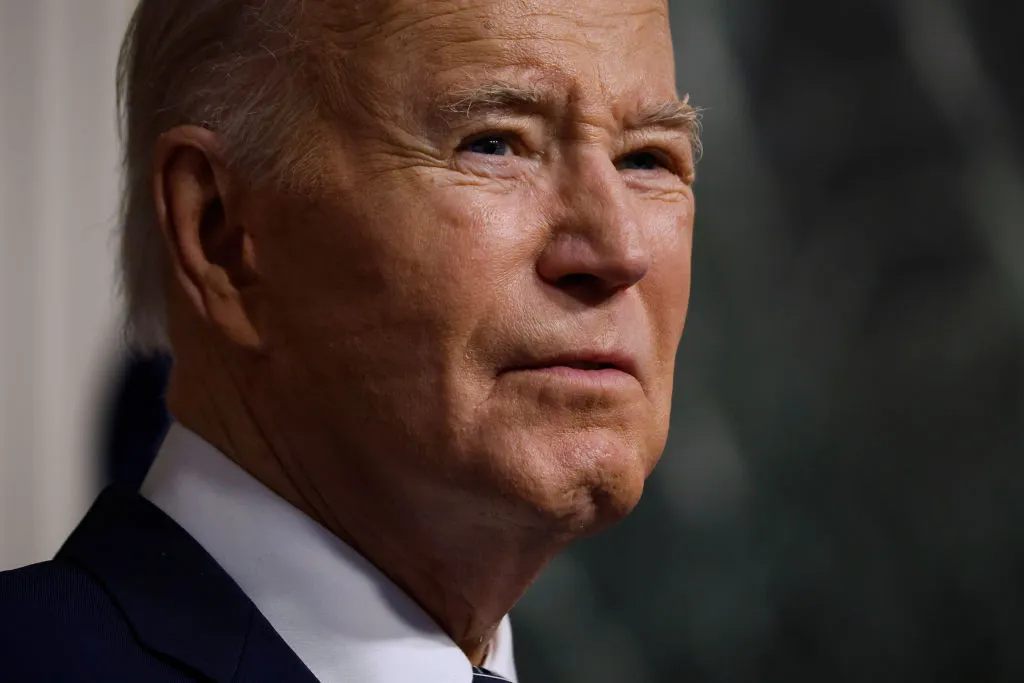The latest complaint made against Generation Z is that its members now frequently assume a blank, glassy-eyed expression of indifference and boredom. The “Gen Z stare”, as it’s known, has become so prevalent among those born between 1997 and 2012 that it’s now a source of habitual frustration and annoyance among their elders – the millennials who coined this term.
According to a Times of London report over the weekend, young parents now continually protest at having to confront this pose among their offspring, a demeanor that manifests itself in lack of eye contact and disregard for basic social niceties.
The ‘Gen Z stare’ is the latest manifestation of a decades-old phenomenon
This won’t come as a surprise to those who recognise that modern technology, particularly smartphones, has had a deleterious influence on the youngest members of society. The increasing inability of Gen Z to engage in forms of ordinary social engagement is one widely accepted symptom of our technological revolution.
There may be other factors, too. The lockdown years of 2020-21 severely stalled and stilted the socialization and development of a youth at a crucial stage. Some people, speaking in their defense, say that the Gen Z stare reflects a justified gloom and pessimism in that, in relation to future job prospects or the likelihood of ever owning their own home, the youth today have much reason to look disenchanted.
In truth, teenagers and those in their early twenties have always been prone to behave like this. Geoff Beattie, a psychology professor at Edge Hill University in Lancashire, explains this perceived disengagement as “a generational marker, an attempt to project the generation’s values of authenticity and individuality”.
It’s always been thus with teenagers, ever since that word became common parlance in the 1950s. That was the decade which saw the publication of The Catcher In The Rye and the release of the film Rebel Without A Cause. These are two works that encapsulated a generational conflict between rebellious adolescents whose elders didn’t understand them – a mutual misunderstanding hindered by teenagers never being masters at expressing themselves articulately or coherently.
Affected nonchalance or genuine anomie has been a rite of passage for youths making their first, difficult and sometimes traumatic steps into the mental and physical grown-up world. It’s why it’s featured prominently in another offshoot of the 1950s: rock ‘n’ roll. Since then, pop groups have been fond of gazing from the front cover of their albums with looks of distraction, whether it be the Beatles appearing jaded and distorted on the sleeve of Rubber Soul (1965), or The Cure appearing in warped, morbid infra-red on the cover of Pornography (1982), their ultimate tribute to adolescent misery.
Along with The Smiths, The Cure appealed most to the alienated and disaffected youths in the 1980s, and to judge by their undimmed popularity to this day, to adolescents of succeeding generations. This is a demographic eternally prone to existential angst. It was no coincidence that songs by The Cure referenced Albert Camus (‘Killing an Arab’) or Mervyn Peake’s Gormenghast series (‘The Drowning Man’).
Robert Smith, their lead singer and intellectual driving force, did what David Bowie and Patti Smith had done in the 1970s, when they had drawn inspiration from Rimbaud and William Burroughs: appeal to a romantic or introspective artistic inheritance. The Goths, of whom The Cure were the undisputed figureheads, assumed that name for a good reason. Their heirs of the 21st century, Emo kids, came to dress in black and lock themselves in their bedrooms for the same reasons: they hated a world that didn’t understand them.
This spirit of disenchantment has continued to manifest itself over the years. We witnessed it in grunge in the 1990s, whose aficionados bore an appearance of world-weary disaffection – the dishevelled hobo uniform of that scene was not accidental. Tragically, it turned out that Nirvana lead singer Kurt Cobain was deadly serious when he sung in 1993 ‘I Hate Myself And Want To Die’, but that track did encapsulate a mood of detachment and indifference. Oasis even immortalised in song that decade’s youthful declaration of nonchalance: “whatever”.
The ‘Gen Z stare’ is, in many respects, the latest manifestation of a decades-old phenomenon. As the sociologist Dick Hebdige wrote in his 1979 work on youth culture, Subculture, The Meaning of Style, in respect of this tendency:
“Punk represents the most recent phase in this process. In punk, alienation assumed an almost tangible quality. It could almost be grasped. It gave itself up to the cameras in ‘blandness’, the removal of expression (see any photograph of any punk group), refusal to speak and be positioned… the solipsism, the neurosis, the cosmetic rage.”
Teens will forever present themselves as bored. Those mired in that troubling transitional point in life will often do so out of defiance and self-differentiation, in rebellion against a world they often don’t understand, and one which will seldom understand them.

























